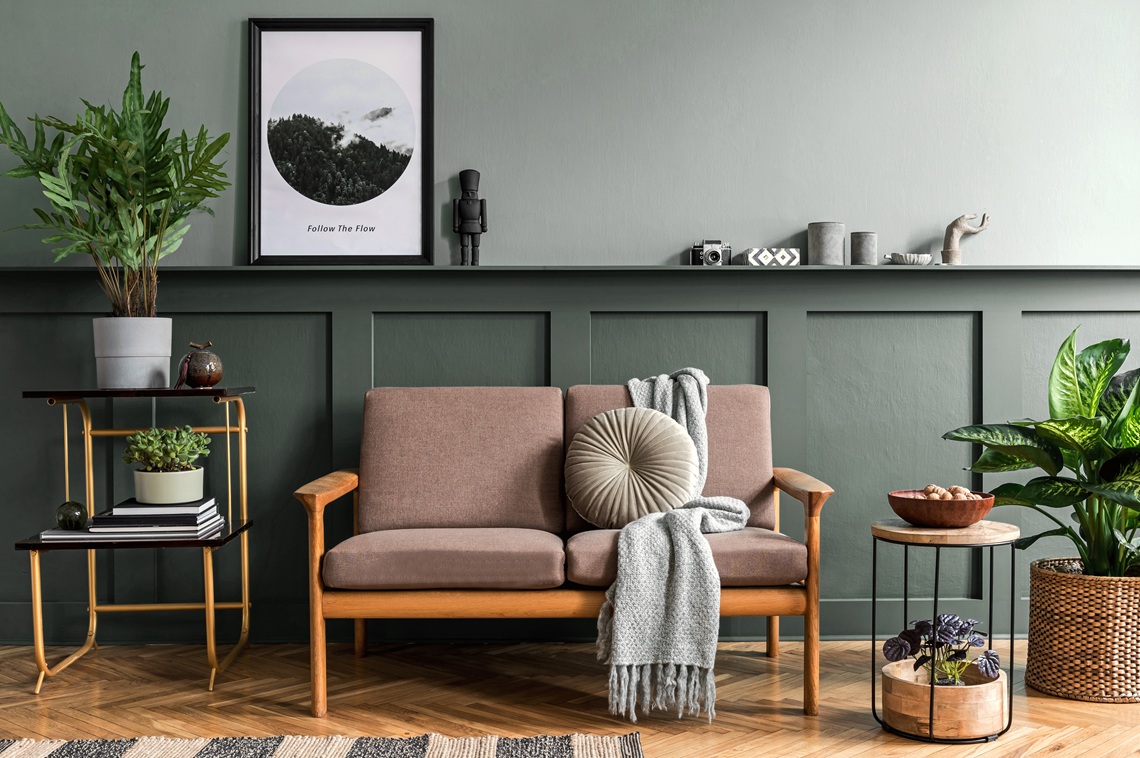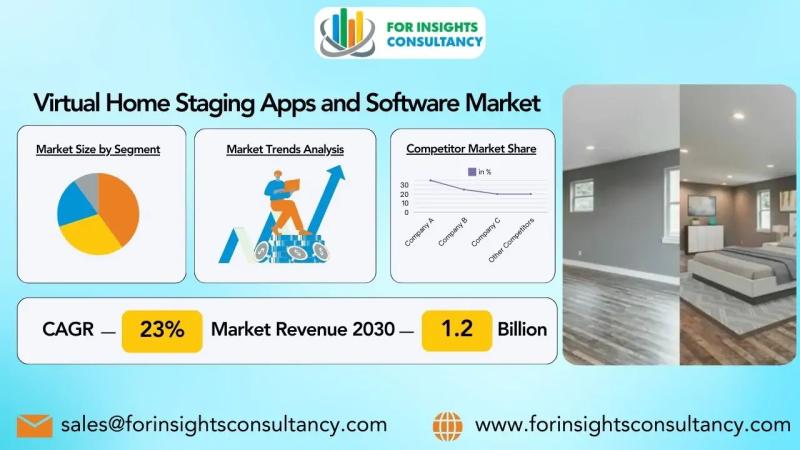At a time when housing inventory has been a persistent challenge and market constraint, agents are searching for any edge they can get when selling homes. A new report from the National Association of REALTORS® (NAR) found that almost three in 10 (29%) real estate agents reported that staging homes for sellers resulted in a 1% – 10% increase in dollar value offered for the listed property. In the same vein, nearly half (49%) of REALTORS® on the sell side found that home staging reduced the amount of time spent on the market.
According to NAR’s findings in its report, ‘Home Staging: Buyers’ Agent Perspective,’ 60% of buyer’s agents said that home staging had an effect on some homebuyers, but not always. While 26% said that home staging had an effect on most buyers’ view of the home, 12% said that home staging had no effect on buyers’ view of homes.
“The typical homeseller resides in their home for 10 years before selling,” said Jessica Lautz, NAR deputy chief economist and vice president of research. “During that time, homeowners might overlook certain aspects that could be less appealing to potential buyers. By staging a home, agents who are REALTORS® strategically highlight the best features, ensuring sellers receive the most-competitive offers.”
The survey found that 17% of buyer agents said that staging a home resulted in a 1% to 5% increase in the dollar value offered when compared with homes that were similar but unstaged.
NAR also found that 83% of buyer’s agents said that home staging made it easier for a buyer to envision the property as their future home. Buyer’s agents also said that staging homes would positively impact the home value if it was decorated to match the buyers’ tastes, and that 31% of buyers were more willing to walk through a home they saw online.
According to NAR, 37% of homebuyers felt that the living room was the most important room to stage, followed closely by the primary bedroom (34%) and the kitchen (23%). Homebuyers felt that the least important room to stage was the guest bedroom (7%).
Rooms that were most commonly staged by the seller’s agent were the living room (91%), primary bedroom (83%) and dining room (69%). NAR also found that 68% of seller’s agents staged the kitchen for listed properties. Tied at 22% for the least commonly staged rooms were children’s bedrooms and the guest bedroom.
A significant 73% of homebuyers felt that including photos was important to home staging, with other mediums such as traditional home staging (57%), video (48%) and virtual tours (43%) receiving less support but still comprising a significant portion of responses.
Listing agents felt that incorporating photos (88%), videos (47%) and traditional physical staging in their listings were much more or more important to their clients. By contrast, 34% of seller’s agents considered virtual staging less important, while 24% felt it was equally important to their clients.
Just 21% of listing agents told NAR that they staged all their sellers’ homes prior to listing them for sale, and 10% reported that they only utilized home staging when a home was difficult to sell. More than half (51%) of seller’s agents reported that they did not stage homes at all, but instead recommended that sellers declutter or correct property faults prior to showings.
In terms of the cost of home staging, the median cost for the service, according to NAR, was $1,500 when left in the hands of homesellers—and $500 when the seller agent performed the service. In terms of compensation, 26% of seller’s agents said it depends on the situation, with 23% reporting that they personally offer to stage the home and 17% saying that homesellers offer to stage the home prior to listing.
The most common home improvement recommendations were decluttering the home (91%), cleaning the entire home (88%) and improving curb appeal (77%).
Nearly half (48%) of respondents reported that homebuyers expected staged homes to look similar to those they’d seen on television shows, with 58% reporting that they were disappointed by the difference between how homes looked compared to those seen on television.
NAR reported that among real estate agents, 21% said TV shows that depicted the home-buying process impacted their business in some way. Additionally, 77% of respondents said that TV shows set unrealistic or increased expectations, 60% told NAR that they set higher expectations for how homes should look, while 14% said that TV shows created more educated homebuyers and sellers.
!function(f,b,e,v,n,t,s)
{if(f.fbq)return;n=f.fbq=function(){n.callMethod?
n.callMethod.apply(n,arguments):n.queue.push(arguments)};
if(!f._fbq)f._fbq=n;n.push=n;n.loaded=!0;n.version=’2.0′;
n.queue=[];t=b.createElement(e);t.async=!0;
t.src=v;s=b.getElementsByTagName(e)[0];
s.parentNode.insertBefore(t,s)}(window, document,’script’,
‘https://connect.facebook.net/en_US/fbevents.js’);
fbq(‘init’, ‘434965787014826’);
fbq(‘track’, ‘PageView’);
Discover more from NorthScapes Realty
Subscribe to get the latest posts sent to your email.



